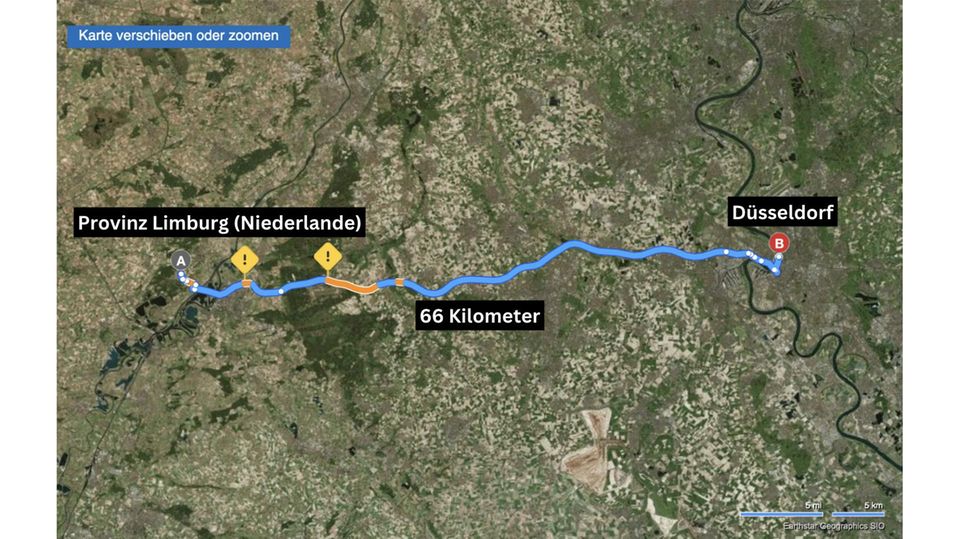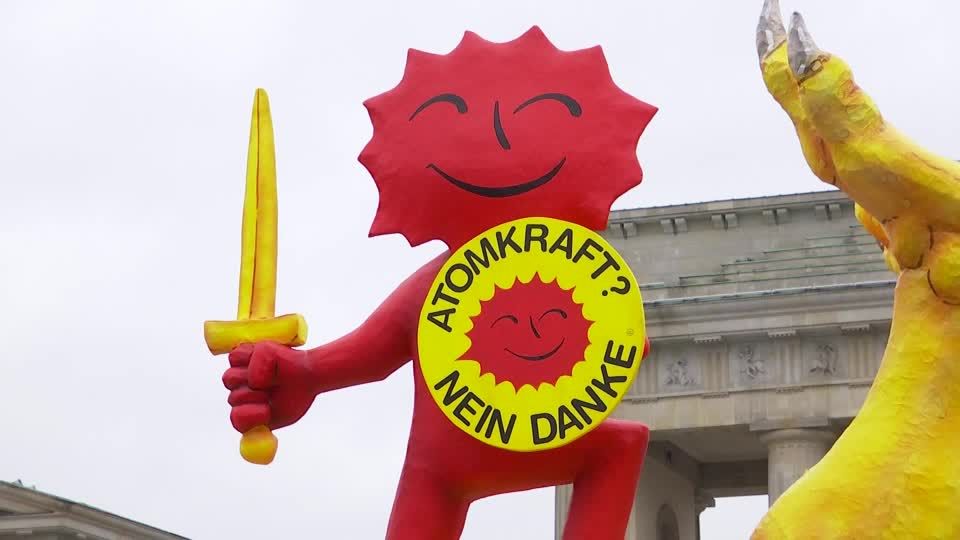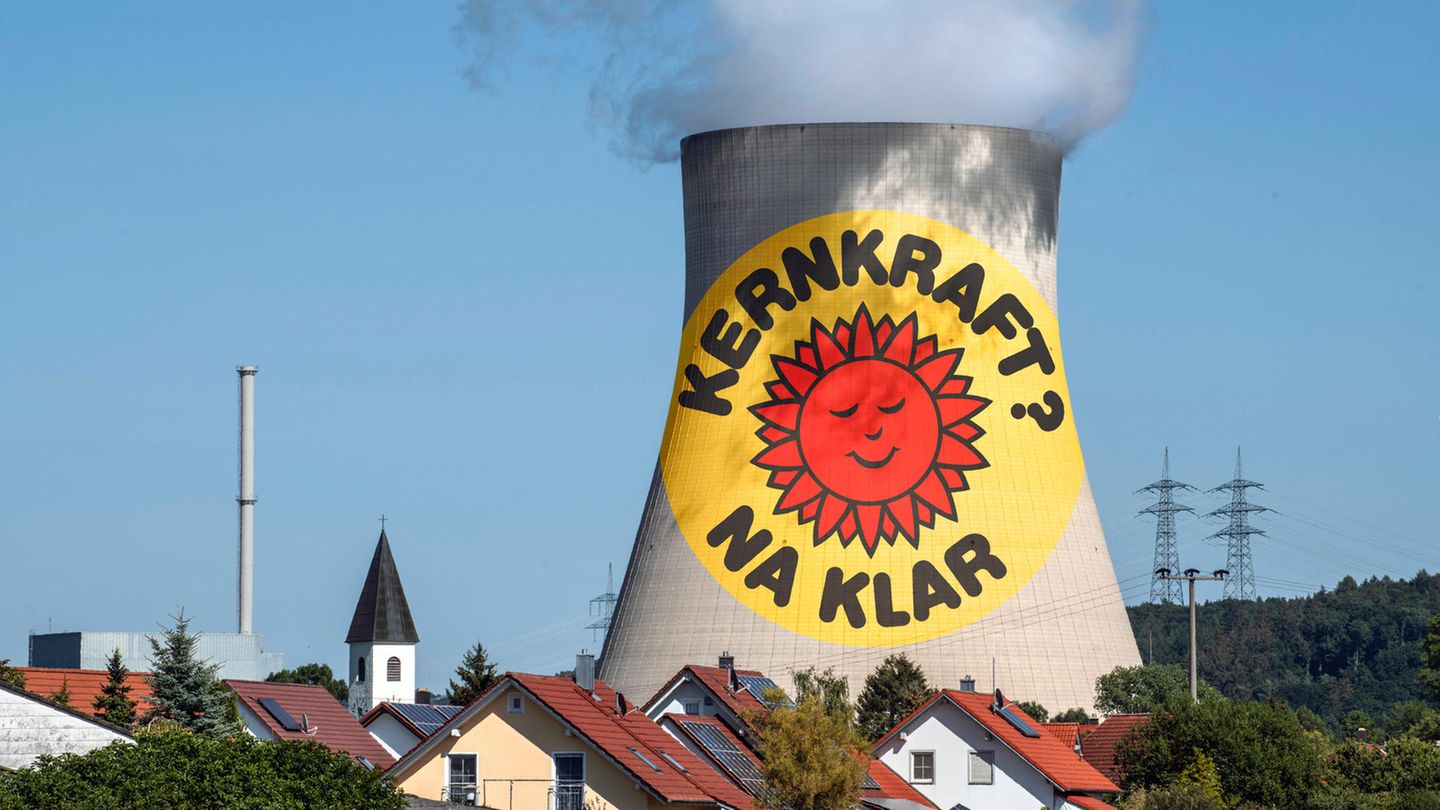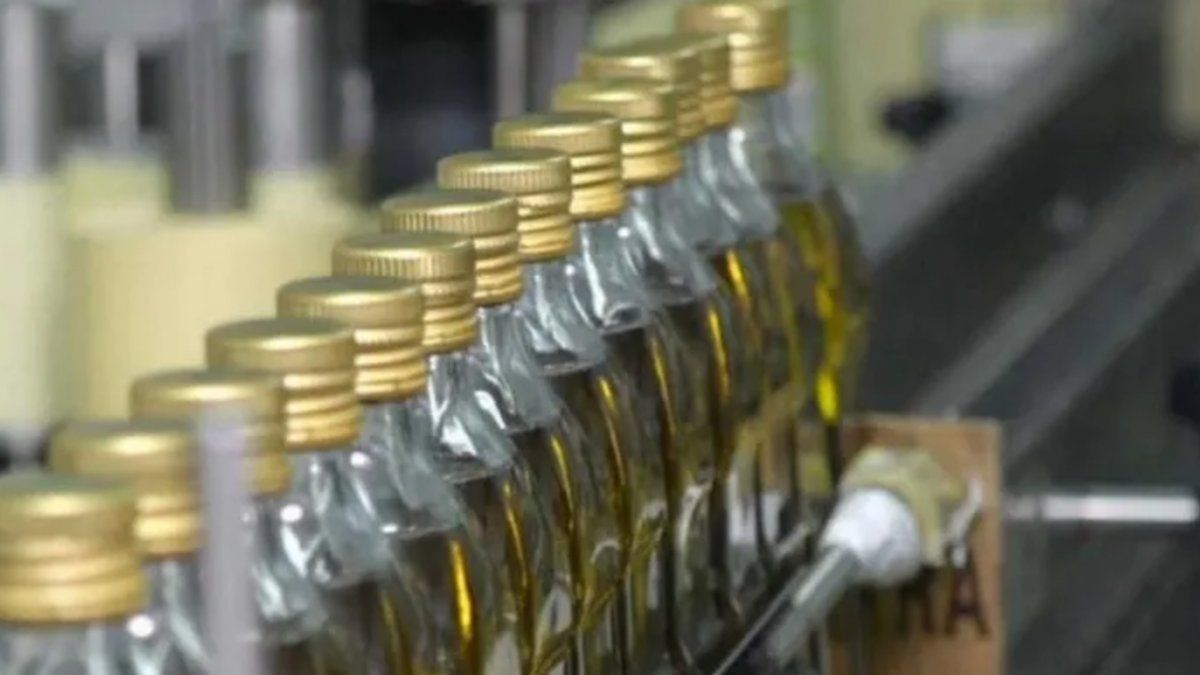Last year, the last German nuclear power plants went offline. Never again should an accident or the final disposal of nuclear waste endanger our health. A neighboring country is now questioning this security.
After the Fukushima disaster in 2011, Germany decided to phase out nuclear power. Last year, the last three German nuclear power plants went offline: Isar 2, Neckarwestheim 2 and Emsland. So has the nuclear danger been averted? Unfortunately, Germany is not an island state in the Atlantic, but is surrounded by nine neighbors who have their own ideas about nuclear power. The Netherlands, for example, is planning to build several nuclear power plants, including in the border region with Germany’s most populous state, North Rhine-Westphalia.
Where the nuclear power plant should be located
The neighboring province of Limburg in North Rhine-Westphalia is planning to build several new mini-nuclear power plants, so-called Small Modular Reactors (SMR). The region is only 66 kilometers by road from Düsseldorf. So an accident could also affect us. But how likely is a nuclear catastrophe?

Nuclear experts are trying to reduce this risk using a method called “Probabilistic security analysis” to assess. An overall probability is calculated from many possible individual faults. This results in a period of time during which a serious accident could occur at a particular nuclear power plant. However, today’s systems are so safe that this value is several hundred thousand years.
Four new nuclear power plants planned in the west of the Netherlands
The plans from Limburg are so far only a regional initiative. If there is a final vote in favor of the plants, the first power plants in the border province would not go into operation before 2030. At national level it was decided this week that four new nuclear power plants should be built in the west of the Netherlands. The Borssele nuclear power plant there is the only commercially operated nuclear power plant in the country. However, part of the Dutch population repeatedly demonstrates for the plant to be shut down. They categorically reject any expansion that would take place near the Borssele nuclear power plant.
In addition to the Netherlands, other European countries are also planning new nuclear power plants. Poland, for example, wants to build a large number of large and small reactors. Few fear environmental damage there – rather that the plans won’t work out in the end. For example, Monika Morawiecka, an expert for Central and Eastern Europe at the international organization “Regulatory Assistance Project”. She says: “Small reactors could be very useful, provided they are built and work. It’s not so sure whether it will work. They are not used anywhere yet.”
The problems of new nuclear power plants
In France, the expansion plan for nuclear power plants has been successful so far. Six new systems were originally planned, but at the beginning of the year it was decided to add eight more. With a total of 14 new reactors, France is now building even more nuclear power plants than originally planned. The new and improved model to be built is called EPR (European Pressurized water Reactor) – but it also causes problems.
The idea behind the EPR reactor model developed by France was to revitalize nuclear power by promising more power with greater safety. So far, three of these reactors are in operation, one in Finland and two in China. However, there have been delays and massive cost increases in both construction in Finland and EPR projects in France and the UK.

According to the French state energy company EDF, the first EPR reactor in France is scheduled to start for testing purposes in Normandy in mid-2024. This is happening 17 years after construction began and at a cost of 12.7 billion euros – four times higher than originally planned.
Source: Stern




